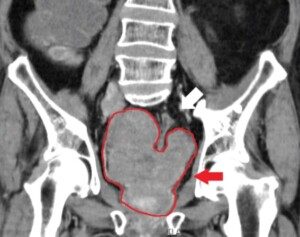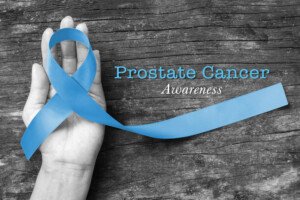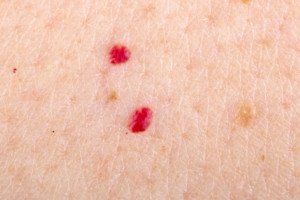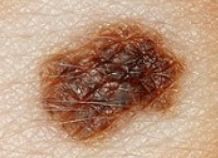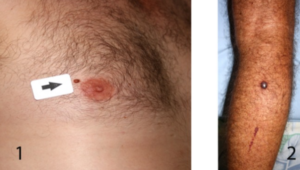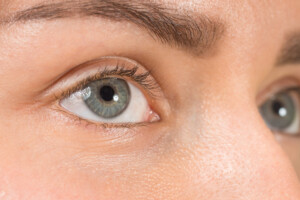
Sjogren’s syndrome is usually misdiagnosed several times before the patient gets the right diagnosis.
You may have Sjogren’s syndrome and not even realize this, despite having visited doctor after doctor to uncover what’s been happening with your body.
Sjogren’s syndrome is an autoimmune disease that can affect many different systems of the body, multiple organs and produce a menagerie of symptoms, ranging from annoying to moderate, to severe to life-threatening (though the latter is rare).
Though Sjogren’s syndrome affects two to four million Americans, it stands as one of the most misdiagnosed medical conditions, even though there are a variety of tests that can confirm its presence.
Because Sjogren’s syndrome produces joint pain in 80 percent of affected individuals, physicians who specialize in this condition are typically rheumatologists.
“Sjogren’s syndrome can be associated with a variety of autoimmune diseases including rheumatoid, lupus, thyroiditis, celiac sprue (disease), scleroderma, and even with non-rheumatic autoimmune diseases like autoimmune hepatitis, hepatitis-C, HIV,” says Ali D. Askari, MD, Professor of Medicine – Case Western Reserve University.
“Primary Sjogren’s syndrome (as opposed to secondary SS), however, is not associated with any of these and there are differential points in each case,” continues Dr. Askari, Chief, Division of Rheumatology – University Hospitals Case Medical Center.
“As opposed to rheumatoid arthritis,” says Dr. Askari, “the joint involvement is not symmetrical, nodules are formed less commonly, and destructive changes of bones are seen less likely.”
Women make up 90 percent of patients with SS, for reasons that are unknown.
This condition can affect any age group, but it’s rare in people under age 20. The mean age of SS onset is early to mid-40s.
Dr. Askari continues, “The specific radiologic changes and presence of sub-acute cutaneous nodules are more associated with rheumatoid arthritis.
“In lupus there is more involvement of the kidneys, the central nervous symptom — and although the ANA is positive in both, anti-DNA is more positive in lupus than in Sjogren’s syndrome.
“Although photosensitivity can happen in both conditions, the typical butterfly or malar rash (on the patient’s face) is more suggestive of systemic lupus.”
Celiac disease often leads to skin rashes, but the blood test for this will not show the antibodies for Sjogren’s syndrome. In addition, with celiac disease, diarrhea is far more common.
If you don’t get a celiac disease test, yet you have this condition, and you go gluten-free (completely!) for 30 days, then there should be a marked improvement in your condition.
Disease of the thyroid gland could be associated with Sjogren’s syndrome, says Dr. Askari.
“Conversely, primary Sjogren’s syndrome is associated with more frequent occurrence of thyroid inflammation, so-called Hashimoto’s thyroiditis.
“Neurological conditions such as MS particularly can be mistaken for Sjogren’s syndrome.
“More so, primary MS is being diagnosed in patients with Sjogren’s. Differential can be achieved by more frequent presence of specific antibodies in the blood in Sjogren’s syndrome and positive lip biopsy, but the lesions on the MRI of the brain are similar to identical in both cases.”
The lip biopsy would confirm a reduced production of the salivary glands (the lips contain your salivary glands), which is a hallmark feature of Sjogren’s syndrome.
“Finally, in some cases of primary Sjogren’s syndrome, the dry mouth and eyes are later manifestations, and some unusual neurological manifestations, cardiac or liver disease may be one of the first findings,” explains Dr. Askari.
“Additionally, the findings of dryness are not spontaneously expressed by the patient and mainly attributed to the age, use of drugs, etc., and they should be solicited.”
Update: As of April 2024, Sjogren’s syndrome is now known as Sjogren’s disease.
Dr. Askari’s special interests include diseases of the muscles, fibromyalgia, general rheumatology, lupus and Sjögren’s syndrome.
 Lorra Garrick has been covering medical, fitness and cybersecurity topics for many years, having written thousands of articles for print magazines and websites, including as a ghostwriter. She’s also a former ACE-certified personal trainer.
Lorra Garrick has been covering medical, fitness and cybersecurity topics for many years, having written thousands of articles for print magazines and websites, including as a ghostwriter. She’s also a former ACE-certified personal trainer.
.














